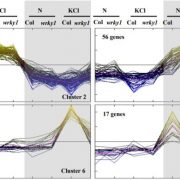
WRKY1 integrates cellular nitrogen and light-energy resources in Arabidopsis thaliana
Plant Physiology, Plant Physiology: News and Views, ResearchTessa Moses
The Institute of Quantitative Biology, Biochemistry and Biotechnology (IQB3), The King’s Buildings, University of Edinburgh, Edinburgh EH9 3BF, United Kingdom.
E-mail: [email protected], ORCID ID: 0000-0001-9366-4727
WRKY1 is a member of the WRKY transcription factor family…
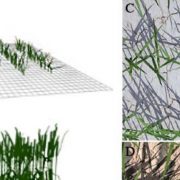
Simulation modeling platform provides a powerful tool for identifying optimal traits and management practices for wheat production
Plant Physiology, Plant Physiology: News and Views, ResearchAuthor: Robert P Skelton1
[email protected]
Affiliation: Dept. of Integrative Biology, University of California Berkeley, Berkeley, CA, 94720, USA
Global demand for food security places an emphasis on a need to improve crop yield. The complexity of plant development and its interaction…

No Stakes for High Strength Corn
Plant Physiology, Plant Physiology: News and Views, ResearchKim L Johnson
La Trobe Institute for Agriculture & Food, Department of Animal, Plant and Soil Sciences, La Trobe University, Bundoora, Victoria 3086, Australia
In September 2019 hurricane Dorian swept across to the southeast coast of the USA and strong winds and downpours led to major crop…
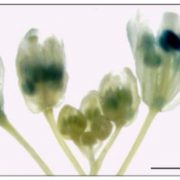
Plant Tomosyn is a negative regulator of SNARE-mediated secretion in pollen
Plant Physiology: News and Views, ResearchEmily R Larson, [email protected]
Vesicle transport is one of those molecular processes that is easy to take for granted. From cell expansion and polarised growth to protein regulation and signalling, vesicle trafficking plays its unsung part. We tend to believe that we know a lot about this…
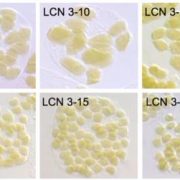
Decoding Natural Variation in Chloroplast Size
Plant Physiology, Plant Physiology: News and Views, ResearchLynn GL Richardson
[email protected]
Department of Plant Biology, Michigan State University, East Lansing, MI 48824
Chloroplasts, like their cyanobacterial ancestors, use binary fission to divide and generate new organelles. The origins of the division machinery stem from both the original eukaryotic…
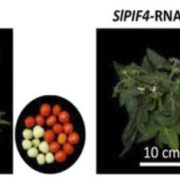
PIF4 plays a conserved role in Solanum lycopersicum
Plant Physiology, Plant Physiology: News and Views, ResearchScott Hayes, [email protected]
The adoption of Arabidopsis thaliana as a model plant in the early 1980s led to a revolution in plant molecular genetics. Its diminutive size, rapid generation time and small genome made Arabidopsis a fantastic tool, allowing us to build a complex picture of the genetic…

Pyrethrin biosynthesis: From a phytohormone to specialized metabolite
Plant Physiology, Plant Physiology: News and Views, ResearchRaimund Nagel
Universität Leipzig
Department of Plant Physiology
Leipzig, Saxony 04103
Germany
[email protected]
Dalmatian chrysanthemum (Tanacetum cinerariifolium) contains pyrethrins, which are highly effective natural insecticides that are nontoxic to most animals and biodegradable.…
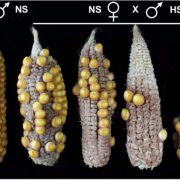
The heat is on: maize pollen development after a heat wave
Plant Physiology, Plant Physiology: News and Views, ResearchThe yield of key food crops (i.e., wheat [Triticum aestivum], rice [Oryza sativa], maize [Zea mays], and sorghum [Sorghum biocolor]) relies on their production of seeds, while the propagation of almost all crops is seed-dependent. Seed set in turn relies on the production of flowers containing the male…
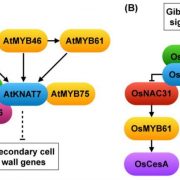
OsKNAT7 bridges secondary cell wall formation and cell growth regulation
Plant Physiology, Plant Physiology: News and Views, ResearchThe plant cell wall is a complex structure composed of cellulose embedded in a matrix of polysaccharides (hemicellulose and pectin), phenolic compounds and proteins. The primary cell wall is a thin layer formed in growing cells and is present ubiquitously, whereas the secondary cell wall is a rigid and…

